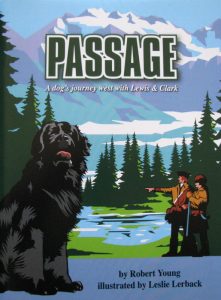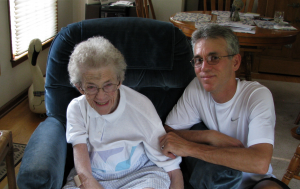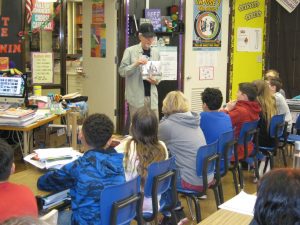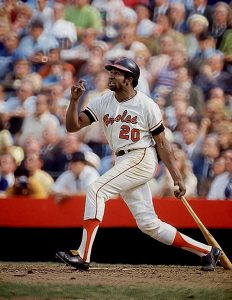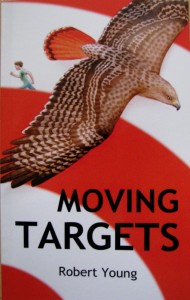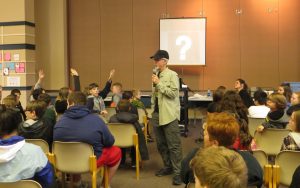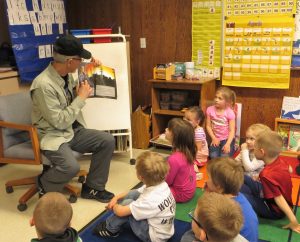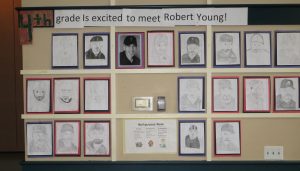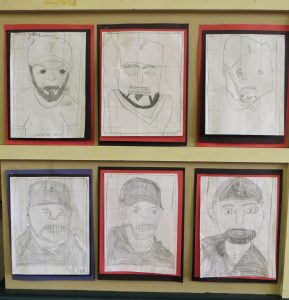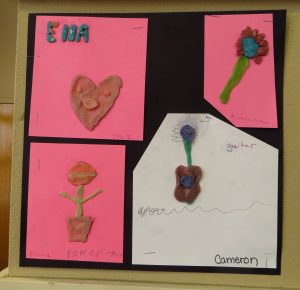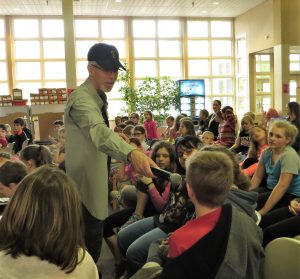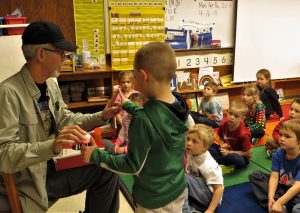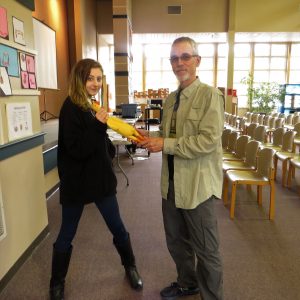Friends with a wolf? Who would dare?
Plenty of people would, and for good reasons: wolves are fascinating animals and they are important to our environment. For years, they were hunted to near extinction. Today, with the help of friends, their numbers are growing.
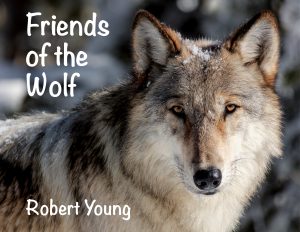
My latest book, Friends of the Wolf introduces young readers (ages 7-10) to the wonderful world of wolves. Readers discover wolves’ amazing physical characteristics, their long history of being one of the most maligned animals on the planet, and their road to recovery. A real-life sanctuary is spotlighted, and its everyday workings to preserve and protect wolves.
The journey of creating this book took longer than most I’ve done: seven years. It began with a visit to a wolf sanctuary in southern Oregon, where my interest in wolves was piqued and where I had my first experience closely observing people who work with these amazing animals. Their passion was contagious. And that was just the beginning for me.
Research followed, of course. Reading, reading, reading, and interviewing biologists and other experts. An essential part of the process was traveling to other sanctuaries, which took me to four other states: California, Washington, Idaho, and New Jersey. At those places I got to see firsthand the efforts people are making to assist wolves.
There are many children’s books written about wolves. Most of them cover the same basic information: where wolves live, what they eat, their family life. What the world does not need is another such book. So, I tried something different. I took a step beyond mere information and made a call to action, encouraging readers to be advocates for wolves and providing suggestions doing that.
Over centuries, humans have done a great disservice to the natural food chain as well as the environment by our global assaults on wolves. It will take the continued efforts of dedicated friends now, and especially in the future, to ensure that these amazing animals will survive.

To order:
See Books tab on this website
or
Barnes and Noble
https://www.barnesandnoble.com/w/friends-of-the-wolf-robert-young/1132101501?ean=9780974219622
or
Amazon

